A General Animation Framework for Gaseous Phenomena
Following are some animations created using my new animation system that
I wrote here during the rainy and dark fall of Finland.
Creating an Animation
These three animations show a typical cycle in producing an animation
using my system.
First the basic geometry and the position and shapes of the sources and the
fields are specified in wireframe mode. At this stage the effect of the
sources and the fields on the motion of the gas can be viewed in real-time.
The motion of the gas is displayed as a set of point particles.
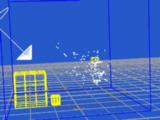
Next, by assigning a "blob" of mass around each particle, both the
appearance and the extent of the gas can be modelled. Also the scene
geometry of the scene is solid rendered (including fog). All this can be
achieved in near real-time on an Iris Indigo.
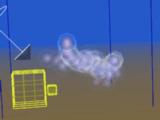
Finally, when the animator is content with the general look of the animation,
a grid solver is invoked to compute the motion of the gas. The gas at
each frame is resolved on a grid and volume rendered using an efficient
ray-grid traversal algorithm.
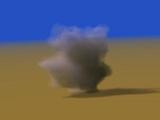
Here is another rendering of the same scene but with different parameters
for the turbulences which drive the motion of the gas.
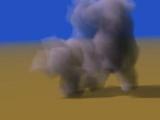
Clouds
I have used my system to create several animations of evolving clouds. The
intensity of the source is varied by a time-varying texture map. This
essentially emulates the complicated processes which create cloud
densities.
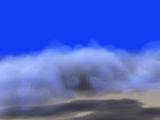
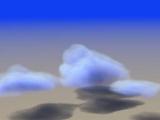
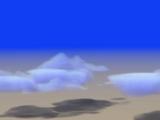
Steam
Animation of a more tenuous medium such as steam.
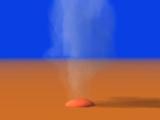
Flow Past an Object
Very crude attempt really to model the flow past a sphere, by placing a
repulsive field around it. Notice, however, how the smoke breaks up and the
shadowing of the sphere on the smoke.
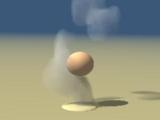
Explosion
Well not really. I multiplied the intensity of the source by a short impulsive
texture. So matter is created and then slowly fades out.
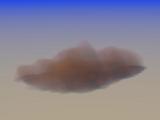
Baby Twister
You have seen the fancy one done by ILM, well here is a more modest one
created single-handedly on a much tighter budget.
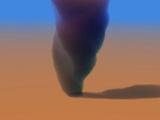
Coloured Smoke
Coloured because three lights of different colours are shining on it. The
nice thing of using a grid-based volume tracer is that many subtle effects
can be rendered very easily. This includes self-shadowing, cast shadows
and sources with different colours. My version of the ray-tracer does not
handle multiple-scattering and non-constant phase functions yet.
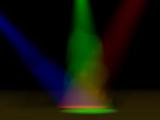
Old Example
Why throw away old mpegs ? Here is one my first animations created with the
system. Do you notice the bugs in my ray-tracer ?
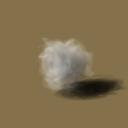
This research is described in ERCIM Research Report
R047
Back to my research page













